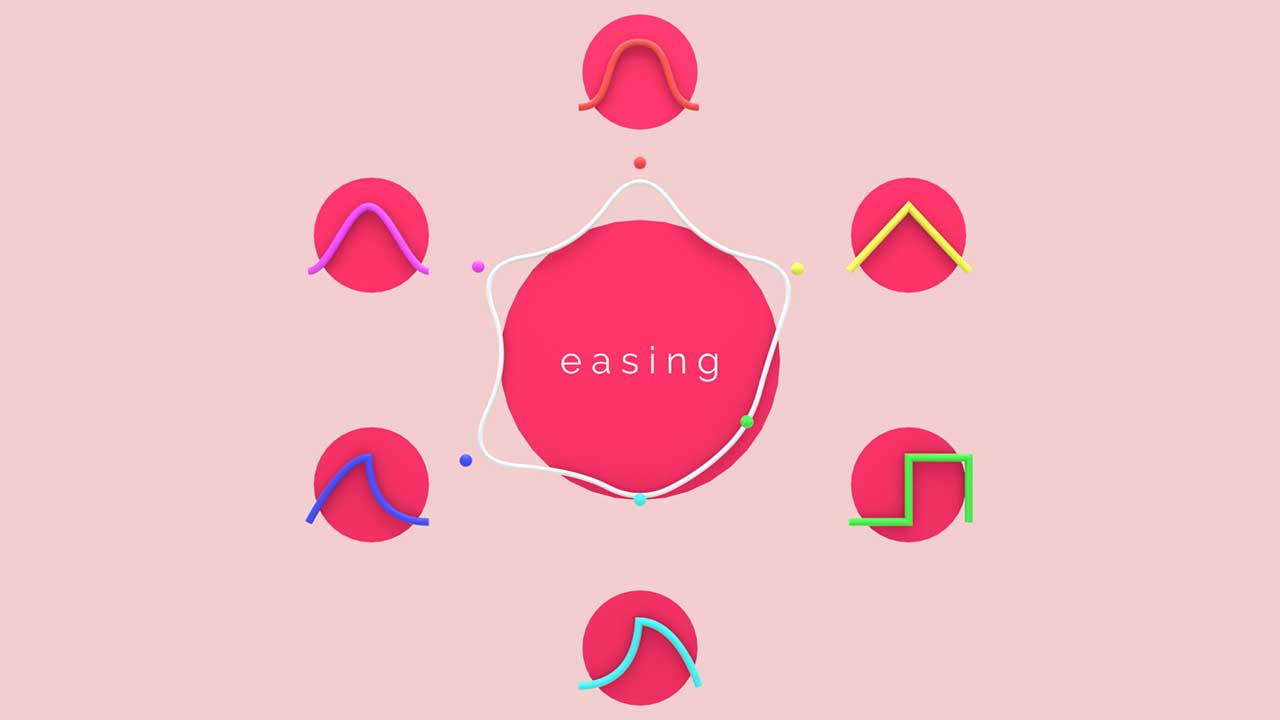
Animating a spline is easy. You can just grab the points, move them around, and keyframe them as you go. It may produce the results you’re after, but if you want to make any adjustments (such as easing, offsetting animated points individually, or tweaking point positions), you may be in a bit of a pickle.
Each time you place a ‘PLA’ (point-level animation) keyframe, you store the position of all the points on the spline simultaneously, instead of keyframing a single point. This can quickly become a nightmare to work with if you need to adjust points on a keyframe, as you’ll need to adjust the points on all of the following keyframes as well.
Not only that, you don’t have much control with PLA keyframes. For example, you cannot choose which transform parameters are used (e.g. just animating the y-axis of a point) and easing would pretty much have to be done manually.
Here’s where the Tracer object comes into play.
By using the Tracer object, you can create a spline using nulls instead of points. This allows you to have complete control over the transform parameters and easing of the spline ‘points’.
Each animated ‘point’ (null), represented with a coloured sphere, is eased differently from one another.
Not only that, but you can animate each ‘point’ independently from one another, allowing for quick and easy animation offsetting.
Each animated ‘point’ (null), represented with a black sphere, utilises the same animation, but with offset timings.
As you’ll be working with nulls instead of points, you have the benefit of using constraints and various other object tags, giving you a wide-range of possibilities which you wouldn’t get with a basic spline PLA.
There are a couple of cons to note though: If you choose to use the ‘Bezier’ spline-type, you won’t have control over the bezier handles. There’s also a slight delay in the viewport when using the tracer object – the nulls will work as intended, but the spline may not link up to them immediately; shouldn’t require a frame update, just a bit of patience to allow it to catch up.
With all that control, I’m sure you could get some wacky fluid-like spline animations going.